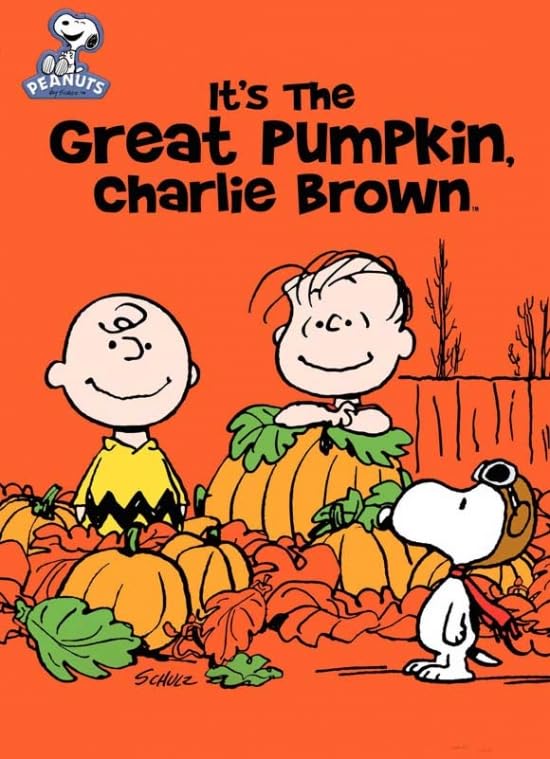
Medical Professionals: TikTok Promotes Sexual Content at The Expense of Young Users
By Movieguide® Staff
As TikTok continues to grow in popularity among younger generations, so do the red flags raised by medical professionals from across the country.
Mental-health professionals warned parents about the application’s potential to negatively affect users’ mental health, especially for young girls.
“For a young girl who’s developing her identity, to be swept up into a sexual world like that is hugely destructive,” Paul Sunseri, a psychologist and director of the New Horizons Child and Family Institute, told The Wall Street Journal. “When teen girls are rewarded for their sexuality, they come to believe that their value is in how they look.”
According to WSJ reporter Julie Jargon, Sunseri notes that around 25% of female patients at his clinic had previously produced sexualized content on TikTok.
Moreover, TikTok does little to mitigate the algorithms which reward sexual content. The app’s parental controls are easy to bypass, and its young demographic means that parents often do not know what their children post.
The algorithm and lack of accountability trap young girls in a vicious cycle that tells them their worth are in what others think about their bodies, leading to poor mental health.
Carter Barnhart, the co-founder of Charlie Health, said that sexual content wins on the platform.
“Many of them have figured out that the formula for that is producing more sexual content,” Barnhart said.
Jargon writes:
Teens’ dependence on TikTok for social validation has risen as the app has become their favored platform. TikTok overtook Instagram in popularity among teens last year—and became the most visited site on the internet.
TikTok’s algorithm regularly propels virtual nobodies onto millions of viewers’ For You pages. TikTok weighs whether viewers show strong interest in a particular type of content, measured by whether they finish watching videos, the company says. Its recommendation engine then chooses videos to send to those viewers, regardless of the creator’s follower count or past video virality.
Platforms like Instagram, YouTube and Twitter work differently, serving content to users based on search terms and friend connections, so developing a sizable following—and going viral—on those sites can take longer.
These are alarming trends.
As Movieguide® previously reported:
This harmful content includes videos about self-harm, extremely harmful dieting, and suicide. What makes it even worse is that these videos show up on TikTok users’ pages, even when they didn’t seek it out. In an episode of the Tech News Briefing podcast, the Wall Street Journal explores the impact this app is having on its users.
The episode focuses on Perri Kornbluh, an aspiring nurse from Rockland County, New York, who joined TikTok in March 2020 when she was 19.
“When I first got on TikTok, it was because I was bored in quarantine. I had no idea what I was getting into. In the beginning I did see a lot of the Tiger King Dance, Carole Baskin,” Kornbluh said.
However, the content soon took a darker turn.
About a month after she joined the app, Kornbluh started seeing videos about eating disorders. Instead of scrolling past them, she stopped and watched – and the app’s algorithm noticed.
“I saw a lot of videos of people saying, ‘What I eat in a day,’ and they were severely under-eating. They were showing three pieces of this or three pieces of that,” Kornbluh said.
The algorithm targeted Kornbluh’s hidden secrets; she’d struggled with disordered eating in the past; she started dieting before her wedding, but then never really stopped. The TikToks she saw amplified her inner turmoil.
In order to keep showing users content that will make them want to return to the app, sites like TikTok, Netflix, and Amazon use an algorithm that compares their habits to similar users.
Munmun DeChoudhury, an associate professor at the School of Interactive Computing at Georgia Institute of Technology, said, “They have created all these trajectories of people’s behavior. Sometimes it can be the person themselves, other times they have millions of other people who are … they’re finding out that, this person seems to be like you be because they live in the same neighborhood or they have the same gender identity or they have the same age group, or whatever other cue that they might be having.”
However, TikTok is different.
“Being suggested what to buy is probably helpful,” DeChoudhury said. “But it becomes problematic when similar approaches are transplanted on platforms like TikTok or Facebook or Instagram, because it’s not just about what content quote unquote sells, but also about how people interpret those content, and how is that content affecting others.”
Read More: How TikTok Drives Users Further Into Depression, Anxiety
Movieguide® Founder and Publisher Ted Baehr suggests teaching children and teens the following keys in order to discern the media properly:
Key 1: Understand the influence of the media on your children. In the wake of the Columbine High School massacre, CBS President Leslie Moonves put it quite bluntly: “Anyone who thinks the media has nothing to do with this is an idiot.” The major medical associations have concluded that there is absolutely no doubt that those who are heavy viewers of violence demonstrate increased acceptance of aggressive attitudes and aggressive behavior. Of course, media is only one part of the problem – a problem that could be summed up with the sage biblical injunction, “Do not be misled: ‘Bad company corrupts good character'” (1 Cor. 15:33). As the results of thousands of studies on youth violence prove, watching media violence causes violence among children. Bad company corrupts good character – whether that bad company is gangs, peer pressure or violent movies, video games and television programs.
Key 2: Ascertain your children’s susceptibility at each stage of cognitive development. Not only do children see the media differently at each stage of development, but also different children are susceptible to different stimuli. As the research of the National Institute of Mental Health revealed many years ago, some children want to copy media violence, some are susceptible to other media influences, some become afraid, and many become desensitized. Just as an alcoholic would be inordinately tempted by a beer commercial, so certain types of media may tempt or influence your child at his or her specific stage of development.
Key 3: Teach your children how the media communicates its message. Just as children spend the first 14 years of their lives learning grammar with respect to the written word, they also need to be taught the grammar of twenty-first-century mass media so that they can think critically about the messages being programmed for them.
Key 4: Help your children know the fundamentals of Christian faith. Children need to be taught the fundamentals of Christian faith so that they can apply their beliefs and moral values to the culture and to the mass media of entertainment. Of course, parents typically have an easier time than teachers with this Key because they can freely discuss their personal beliefs. Yet, even so, it is interesting to note that cultural and media literacy and values education are two of the fastest growing areas in the academic community – a trend most likely due to the fact that educators are beginning to realize that something is amiss.
Key 5: Help your children learn how to ask the right questions. When children know the right questions to ask, they can arrive at the right answers to the problems presented by the mass media of entertainment. For instance, if the hero in the movie your child is watching wins by murdering and mutilating his victims, will your children be able to question this hero’s behavior, no matter how likable that character may be?
Questions or comments? Please write to us here.


 - Content:
- Content: 

